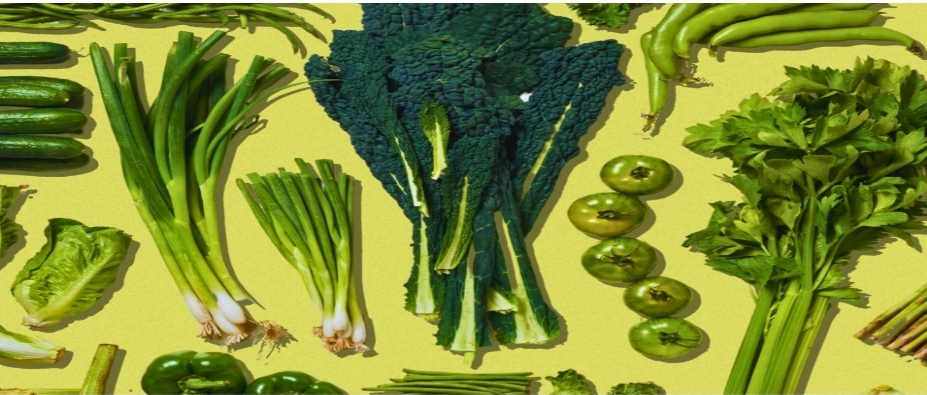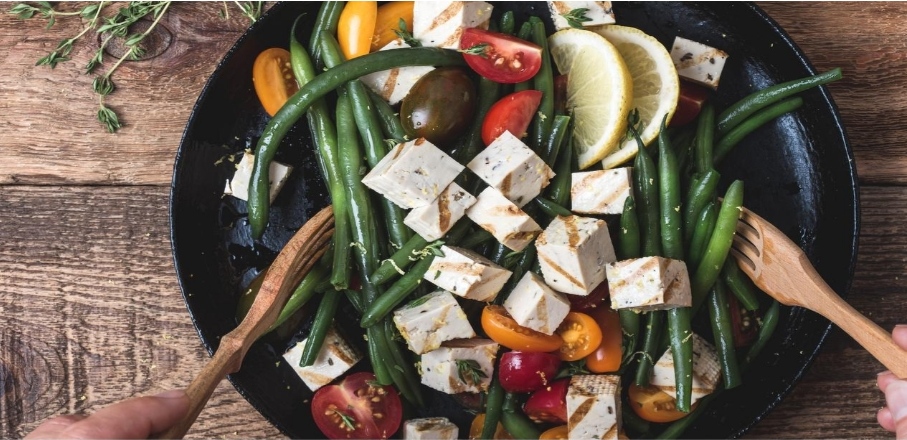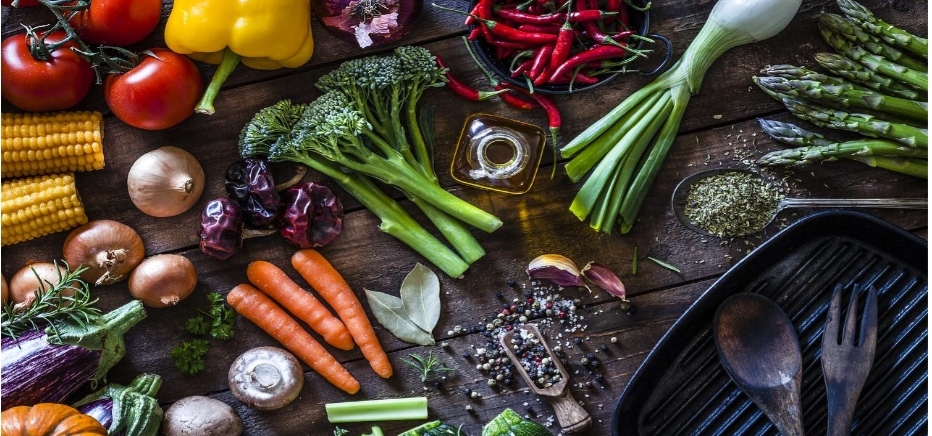Are you getting enough iron?
By Peta Bee
The World Health Organisation says iron deficiency anaemia is ‘the most common and widespread nutritional disorder in the world’. How can we avoid it?

Iron’s main role is enabling red blood cells to ferry oxygen around the body. Without enough, the capacity of blood to carry oxygen is reduced.
Described by the World Health Organisation as a global public health problem and “the most common and widespread nutritional disorder in the world”, iron deficiency anaemia is on the rise.
A recent research letter published in The Journal of the American Medical Association warned that 38.6 per cent of females aged 12 to 20 in the US are iron deficient, while the most recent figures from the UK’s National Diet and Nutrition Survey reveal that 49 per cent of girls aged 11 to 18 and 25 per cent of women aged 19 to 64 have a low iron intake – the most frequent cause of iron deficiency anaemia.
“Evidence of both iron deficiency anaemia and low iron stores has been an issue for a number of years,” the dietician Dr Linia Patel says. “Iron is a mineral that is critical for our health.”
Iron’s main role is enabling red blood cells to ferry oxygen around the body. Without enough, the capacity of blood to carry oxygen is reduced. “This can make you breathless and exhausted, get headaches and feel nauseous,” says Rhiannon Lambert, dietician and the author of The Science of Nutrition. “But iron has many other jobs, such as supporting brain and immune function, both of which can be affected when levels are low.”
Symptoms of low iron include poor appetite and trouble exercising or concentrating, but these are often either ignored or mistaken for routine fatigue.
How much iron do we need?
The UK government recommends that men of all ages and women aged 50 to 64 need 8.7mg of iron a day; for women aged 19 to 50 it is 14.8mg a day. But certain medical conditions can affect iron absorption, which means individual requirements vary.
“People with coeliac disease and inflammatory bowel disease can have impaired iron absorption issues,” Patel says. “And women who menstruate heavily or who are pregnant are sometimes prone to levels dropping.” Intense and prolonged endurance exercise can also be problematic.
“Long-distance training or gruelling workouts can cause iron to be leached through the gastrointestinal tract as activity draws blood away from the gut,” Patel says. “This can reduce blood levels of iron over time.”
What are the best food sources of iron?
Of the two types of dietary iron – haem and non-haem – it is the haem iron in meat, fish and poultry that is better absorbed by the body. Liver, red meat, eggs and seafood are all sources of haem iron. Good sources of plant non-haem iron include beans, lentils, green vegetables, hazelnuts, dried fruit, olives, wholegrains, leafy green veg, pumpkin seeds, tofu and dried apricots. “Maximise your intake by increasing the variety of food sources containing iron,” Patel says.

Good sources of plant non-haem iron include beans, lentils and green vegetables.
Can you get enough iron from a plant-based diet?
Vegetarians and vegans, particularly if they are premenopausal females, are more prone to iron-deficiency anaemia, as a study in the journal Nutrients showed last year. And while you can get sufficient iron from non-animal sources, you will need to plan more carefully. “Non-haem, or plant, sources of iron are not absorbed as well as haem, or animal, sources,” the dietician Bahee Van de Bor says. “So your basic iron requirements might be slightly higher
than average recommendations.”
Do any foods block absorption?
Cheese, yoghurt, cow’s milk and other calcium-rich foods can inhibit the absorption of non-haem iron.
“It’s best not to take calcium foods or supplements at the same time as meals higher in iron or when you pop an iron supplement,” says Alex Ruani, a researcher in nutrition science at University College London and chief science educator at the Health Sciences Academy. “Spinach contains calcium, so not all of the iron in the vegetable is absorbed.”
Tannins present in tea and coffee also bind to minerals such as iron and inhibit the body’s ability to absorb them, although the effects are likely to be minimal unless you are a heavy consumer of either drink. “To be on the safe side,” Ruani says, “take your last cup of tea or coffee at least an hour before or a couple of hours after eating so the opposing compounds don’t mix in your stomach.”
How do you know if you are low on iron?
If your iron levels are only slightly low, you may not experience any symptoms other than feeling a bit more tired or out of breath than usual. At more risky levels, there are some red-flag signs. “These include muscle weakness, debilitating shortness of breath, cold hands and feet, brittle nails, pale skin and difficulty concentrating,” Ruani says. “But the only sure way to find out if iron levels are suboptimal is through a blood test from your GP.”
About 70 per cent of your body’s iron is found in red blood cells, or haemoglobin, and a blood test will determine if haemoglobin levels are below the normal range of 130-170g per litre for men and 120-150g per litre for women. “If iron deficiency anaemia is diagnosed, your GP will prescribe up to 200mg of ferrous sulphate,” Ruani says. “But this is a high dose that can cause side-effects and you will be carefully monitored with National Institute for Health and Care Excellence guidelines suggesting adjustments for people who do not tolerate it well.” Taking prescribed high-dose iron capsules with or after food can make them more tolerable
but can cut absorption of iron in half.
Should I take a supplement?
An iron supplement is not necessary unless your GP has confirmed that you need one following a blood test. However, Ruani says, “there’s no harm in supplementing with a 25-50mg daily iron supplement for a couple of weeks while you focus on ramping up the iron-rich foods you eat”.
It’s still best to speak to a GP or dietician and you shouldn’t take a supplement long term without medical advice. “Depending on the supplement type and your body’s tolerance for it, a dose exceeding 50mg day could lead to symptoms such as nausea and gastrointestinal discomfort,” Ruani says. “And prolonged or high-dose iron intakes can result in complications such as non-alcoholic fatty liver disease over time.” Iron toxicity is a risk when doses exceed 3-6mg per kg of body weight per day, and while that level of intake is unusual, keep an eye on iron intake from all sources, including fortified foods, multivitamins and energy drinks, to make sure you are not getting more than you need.

Good food sources of iron include red meat, broccoli and apples
Is gentle iron an option?
According to the NHS, some of the less desirable side-effects of iron supplementation include sickness or heartburn, constipation, diarrhoea and other gastrointestinal issues. “Iron is a tricky supplement as it can cause some intestinal inflammation and also changes to the gut microbiota, which can reduce amounts of the protective bacteria species,” Patel says. “The higher doses required to correct low levels are linked to more symptoms and to poor gut health in general.” Gentle iron sources such as liquid Spatone (pounds 25 for three months’ supply from boots.com), which can be added to drinks, or Solgar’s Gentle Iron (pounds 12.99 for 90 20mg capsules, hollandandbarrett.com) might be worth trying. “Gentle iron products tend to contain iron bisglycinate, which is less harsh on the stomach,” Ruani says. “But they should only be taken temporarily and ideally after discussion with a GP or doctor.”
Should iron and vitamin C be consumed at the same time?
For decades we were advised to wash down an iron supplement with a glass of vitamin C-rich orange juice or a vitamin C supplement, as it was believed the vitamin created an acidic environment in the gut that helped to dissolve iron for optimal absorption. That advice is no longer given by many GPs, with a clinical trial of 440 adults with iron deficiency anaemia, published in The Journal of the American Medical Association, showing there is no benefit in taking vitamin C alongside iron tablets. “One way you can improve absorption of iron supplements is to take them on an empty stomach one hour before a meal or two hours after it,” the nutritionist and gut specialist Eli Brecher says.
Are probiotic foods helpful?
Surprisingly, eating more pickles, kimchi, kombucha and kefir, all of which are rich in probiotics, might help your body to make better use of iron. “Some probiotics strains, including Lactobacillus acidophilus and Bifidobacterium longum, might enhance the absorption of iron from food,” Brecher says. “They work by helping to transport iron oxide nanoparticles into the cells lining the intestine, so are worth considering.”
The Australian



